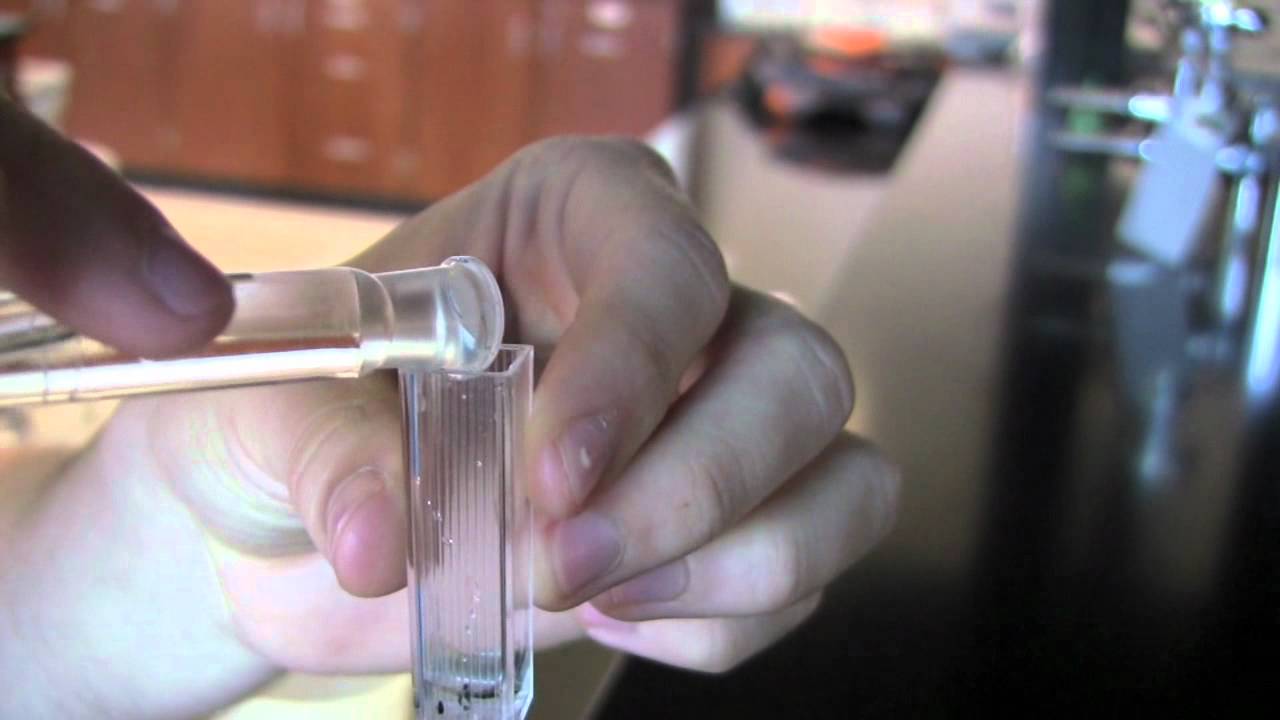14Sep2017
The optimum pH for the derivative spectrophotometric determination of co-trimoxazole in binary mixtures.
by admin, 0 Comments

The optimum pH for the derivative spectrophotometric determination of co-trimoxazole in binary mixtures.
R.O. Adome and S .Balyejjusa
Department of Pharmacy, Makerere University, Faculty of Medicine,
P.O. Box 7072, Kampala, Uganda.
ABSTRACT
Background: Although the experimental assessment of co-trimoxazole by use of derivative spectrophotmetry underscores the usefulness of this method due to its relative simplicity with which it can be carried out over the official United States Pharmacopoeia (USP) high pressure liquid chromatography (hplc) methods for this drug, suitable optimum conditions ought to be refined for its universal acceptability.
Objective: The objective of the present work was to obtain the optimum pH level for the UV assessment of co-trimoxazole.
Methods: The aqueous solutions of the individual drugs and their binary mixtures were buffered with Sodium Acetate-Acetic. Acid buffer in the pH ranges 2-7 and scanned on zero order and on first-order derivative at the wave length between 200- 300nm
Results: At the same drug solution concentrations, spectral shifts occurred with change in pH, especially between the wavelengths 200 and 240nm, only seeming to converge from approximate wavelength 260nm onwards. Absorbance fluctuations were also observed at the same drug concentrations in the pH range 2 to 3.5 and 5 to 7 when the solutions were scanned, even at the wavelength where the spectra seem to converge. However there were no absorbance differences between pH 4 and 5.
Conclusion: The UV spectrophotometric method is dependent on the optimum pH and this has been found to range from4 to 5.
Key words: hypsochromic shift, auxochromes, sulphamethoxazole, trimethoprim, spectroscopy, pH, UV, pyridines
African Health Sciences 2002: 2(3): 114-117
Recent Posts
- Editor’s choice: Tackling infectious diseases, NCDs and sexual reproductivehealth issues as we enter our 24th year of remarkable growth
- Preconception and contraceptive care for women living with HIV/AIDSattending antiretroviral treatment clinics in Lagos State, Nigeria
- Effects of SNPs on TNF-α and IL-10 cytokine expression in TB and HIVpatients in the Capricorn district, Limpopo Province, South Africa
- Prevalence of Schistosomiasis in a neglected community, South western Nigeria at two points in time, spaced three years apart
- Review of Leishmaniasis in the Middle East and North Africa
Recent Comments
Categories
- 2001 Issues
- 2002 Issues
- 2003 Issues
- 2004 Issues
- 2005 Issues
- 2006 Issues
- 2007 Issues
- 2008 Issues
- 2009 Issues
- 2010 Issues
- 2011 Issues
- 2012 Issues
- 2013 Issues
- 2014 Issues
- 2015 Issues
- 2016 Issues
- 2017 Issues
- 2018 Issues
- 2019 Issues
- 2024 Issues
- Articles
- December issue
- December Release
- June Issue
- June Release
- March Issue
- March Issue
- March Release
- News
- number / volume 2
- number /volume 1
- number /volume 1
- number /volume 1 2008
- number 1
- number 1
- number 1
- number 1
- number 1
- number 1
- number 1
- number 2
- number 2
- number 2
- number 2
- number 2
- number 2
- number 2
- number 2 special Issue
- number 2 special Issue 2
- number 3
- number 3
- number 3
- number 3
- number 3
- number 3
- number 3
- number 4
- number 4
- number 4
- number 4
- number 4
- number 4
- number/ volume 3 2008
- number/ volume 4 2008
- number/volume 1
- number/volume 1
- number/volume 2
- number/volume 2
- number/volume 2 2008
- number/volume 3
- number/volume 3
- number/volume 3
- number/volume 4
- number/volume1
- September Issue
- September Release
- Special Edition
- special Issue
- Uncategorized
- Vol. 24 No. 1 (2024)
- volume 1
- volume 1
- volume 1
- volume 2
- volume 2
- volume 2
- volume 2
- volume 2
- volume 3
- volume 3
- volume 3
- volume 3
- volume 4
- volume 4
- volume 4
- volume 4
- volume1
Categories
- 2001 Issues
- 2002 Issues
- 2003 Issues
- 2004 Issues
- 2005 Issues
- 2006 Issues
- 2007 Issues
- 2008 Issues
- 2009 Issues
- 2010 Issues
- 2011 Issues
- 2012 Issues
- 2013 Issues
- 2014 Issues
- 2015 Issues
- 2016 Issues
- 2017 Issues
- 2018 Issues
- 2019 Issues
- 2024 Issues
- Articles
- December issue
- December Release
- June Issue
- June Release
- March Issue
- March Issue
- March Release
- News
- number / volume 2
- number /volume 1
- number /volume 1
- number /volume 1 2008
- number 1
- number 1
- number 1
- number 1
- number 1
- number 1
- number 1
- number 2
- number 2
- number 2
- number 2
- number 2
- number 2
- number 2
- number 2 special Issue
- number 2 special Issue 2
- number 3
- number 3
- number 3
- number 3
- number 3
- number 3
- number 3
- number 4
- number 4
- number 4
- number 4
- number 4
- number 4
- number/ volume 3 2008
- number/ volume 4 2008
- number/volume 1
- number/volume 1
- number/volume 2
- number/volume 2
- number/volume 2 2008
- number/volume 3
- number/volume 3
- number/volume 3
- number/volume 4
- number/volume1
- September Issue
- September Release
- Special Edition
- special Issue
- Uncategorized
- Vol. 24 No. 1 (2024)
- volume 1
- volume 1
- volume 1
- volume 2
- volume 2
- volume 2
- volume 2
- volume 2
- volume 3
- volume 3
- volume 3
- volume 3
- volume 4
- volume 4
- volume 4
- volume 4
- volume1
